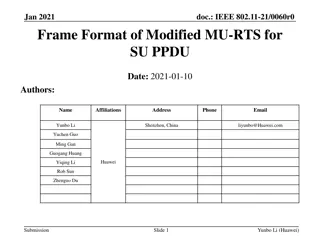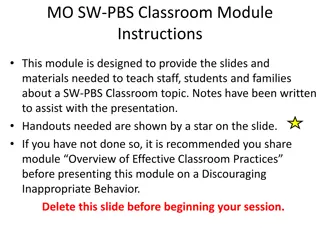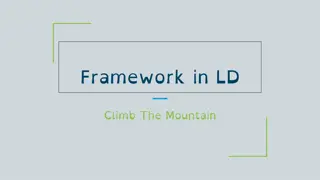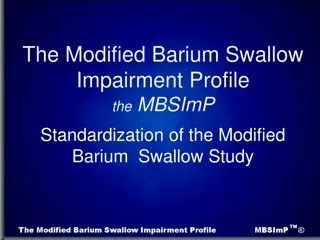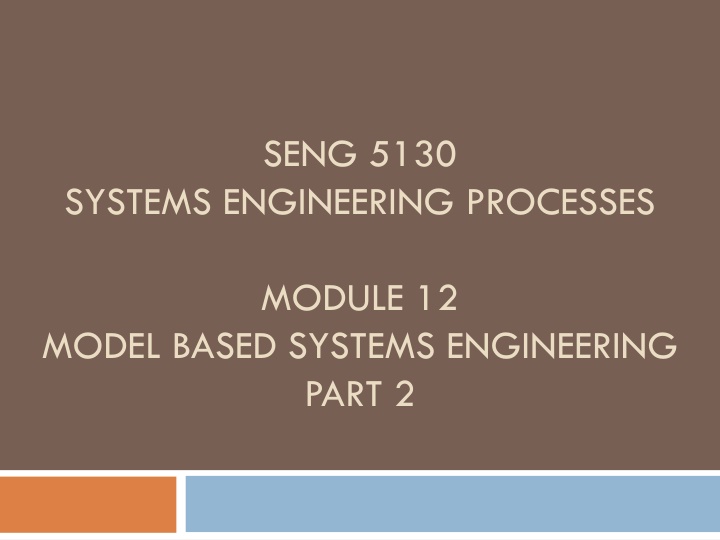
Model Based Systems Engineering: Diagrams and Processes Explained
Explore the world of Model Based Systems Engineering through various diagrams like Block Definition Diagrams and Activity Diagrams. Understand the processes and concepts with visual representations. Dive into SysML and its taxonomy for a comprehensive view.
Download Presentation

Please find below an Image/Link to download the presentation.
The content on the website is provided AS IS for your information and personal use only. It may not be sold, licensed, or shared on other websites without obtaining consent from the author. If you encounter any issues during the download, it is possible that the publisher has removed the file from their server.
You are allowed to download the files provided on this website for personal or commercial use, subject to the condition that they are used lawfully. All files are the property of their respective owners.
The content on the website is provided AS IS for your information and personal use only. It may not be sold, licensed, or shared on other websites without obtaining consent from the author.
E N D
Presentation Transcript
SENG 5130 SYSTEMS ENGINEERING PROCESSES MODULE 12 MODEL BASED SYSTEMS ENGINEERING PART 2
References Friedenthal, Moore, Steiner (2009) Practical Guide to SysML: The Systems Modeling Language Tim Weilkiens (2006) Systems Engineering with SysML/UML: Modeling, Analysis, Design Friedenthal, Wolfrom (2010) Modeling with SysML, INCOSE Symposium Friedenthal, Moore, Steiner (2009) OMG Systems Modeling Language Tutorial, INCOSE
MODULE 12 Model Based Systems Engineering Part 2
4. Block Definition Diagram Represents structural elements called blocks, and their composition and classification A block may represent any entity that has a structure, such as: Systems Hardware Software Physical objects Abstract entities
5. Internal Block Diagram Represents interconnection and interfaces between the parts of a block P.68 Figure.9.3 of OMG SysML 1.2
6. Activity Diagram Represents behavior in terms of the ordering of actions based on the availability of inputs, outputs, and control, and how the actions transform the inputs to outputs Initial Node Action Action Decision Final Node Input parameter of the activity
Activity Diagram Ship Order Fork or split the flow into a number of concurrent flows Fill Order Send Invoices Ship Order Close Order Join the flow of a number of concurrent flows Accept Order
Activity Diagram Decision Node Merge Node
Activity Diagram Example sparxsystems.com
Activity Diagram: Process Shopping Order It is not clear who is responsible for fulfilling each specific action.
Activity Diagram Horizontal Swimlanes Vertical Swimlanes
Activity Diagram Let s draw this in Visio
Class Exercise: Visio Activity Diagram for Purchasing Ticket Activity is started by Commuter who needs to buy a ticket. Ticket vending machine will request trip information from Commuter. This information will include number and type of tickets, e.g. whether it is a monthly pass, one way or round ticket, route number, destination or zone number, etc. Based on the provided trip info ticket vending machine will calculate payment due and request payment options. Those options include payment by cash, or by credit or debit card. If payment by card was selected by Commuter, another actor, Bank will participate in the activity by authorizing the payment. After payment is complete, ticket is dispensed to the Commuter. Cash payment might result in some change due, so the change is dispensed to the Commuter in this case. Ticket vending machine will show some "Thank You" screen at the end of the activity.
7. Sequence Diagram Represents behavior in terms of a sequence of messages exchanged between parts Asynchronous (sender does not wait for reply) if open arrowhead Synchronous message (filled arrowhead) Sending message Actor Actor Lifeline Object Object Lifeline Focus of Control (Activation) Node Reply message (dashed line)
Sequence Diagram: Opt If messages being sent depend on a certain condition tracemodeler.com
Sequence Diagram: alt If messages being sent depend on several alternative interactions tracemodeler.com
Sequence Diagram: loop If multiple messages are sent in the same iteration tracemodeler.com
Sequence Diagram: self message A message from a participant to itself. The resulting activation appears on top of the sending activation.
Sequence Diagram ATM example sparxsystems.com
Sequence Diagram Example Sparxsystems.com
Sequence Diagram Online Bookshop Example Let s draw this in Visio
Class Exercise: Visio Sequence Diagram for a Theater Ticket System A theatre's online ticket system allows tickets to be sold out of the seating plan on a website. The seating plan manages the seats of a given event. When a seat is selected by a user, the concerned object Seat calls a request to buy a seat from the order object. Order object asks the seating plan whether the seat is free or not. If seat is free, the seating plan reserves the seat on its own, and notifies the sales division that the seat is booked. The sales division in turn creates and invoice and sends this to the order division. After this, the user receives a confirmation e-mail.
8. State Machine Diagram Represents behavior of an entity in terms of its transitions between states triggered by events Initial State Final State State
State Machine Diagram: State with Internal Behavior What happens when the state is entered What happens while in a state What happens when the state is exited
State Machine Diagram: State with Internal Behavior
State Machine Diagram: State with Internal Behavior
State Machine Diagram: State with Internal Behavior (Parking Garage Gate)
State Machine Diagram: Composite State A state that has substates (nested states)
State Machine Diagram: Submachine state A composite state whose internal details are not visible
State Machine Diagram: E-mail Example Let s draw this in Visio
Adding Details
Class Exercise: Visio State Machine Diagram for an ATM ATM is initially turned off. After the power is turned on, ATM performs startup action and enters Self Test state. If the test fails, ATM goes into Out of Service state, otherwise there is triggerless transition to the Idle state. In this state ATM waits for customer interaction. The ATM state changes from Idle to Serving Customer when the customer inserts banking or credit card in the ATM's card reader. On entering the Serving Customer state, the entry action readCard is performed. Note that transition from Serving Customer state back to the Idle state could be triggered by cancel event as the customer could cancel transaction at any time. Serving Customer state is a composite state with sequential substates Customer Authentication, Selecting Transaction and Transaction. Customer Authentication and Transaction are composite states by. Serving Customer state has triggerless transition back to the Idle state after transaction is finished. The state also has exit action ejectCard which releases customer's card on leaving the state, no matter what caused the transition out of the state.
9. Parametric Diagram Represents constraints on property values, such as F=m*a, used to support engineering analysis
Parametric Diagram Block Definition Diagram for Parametric Constraints
Parametric Diagram Combining two equations together











